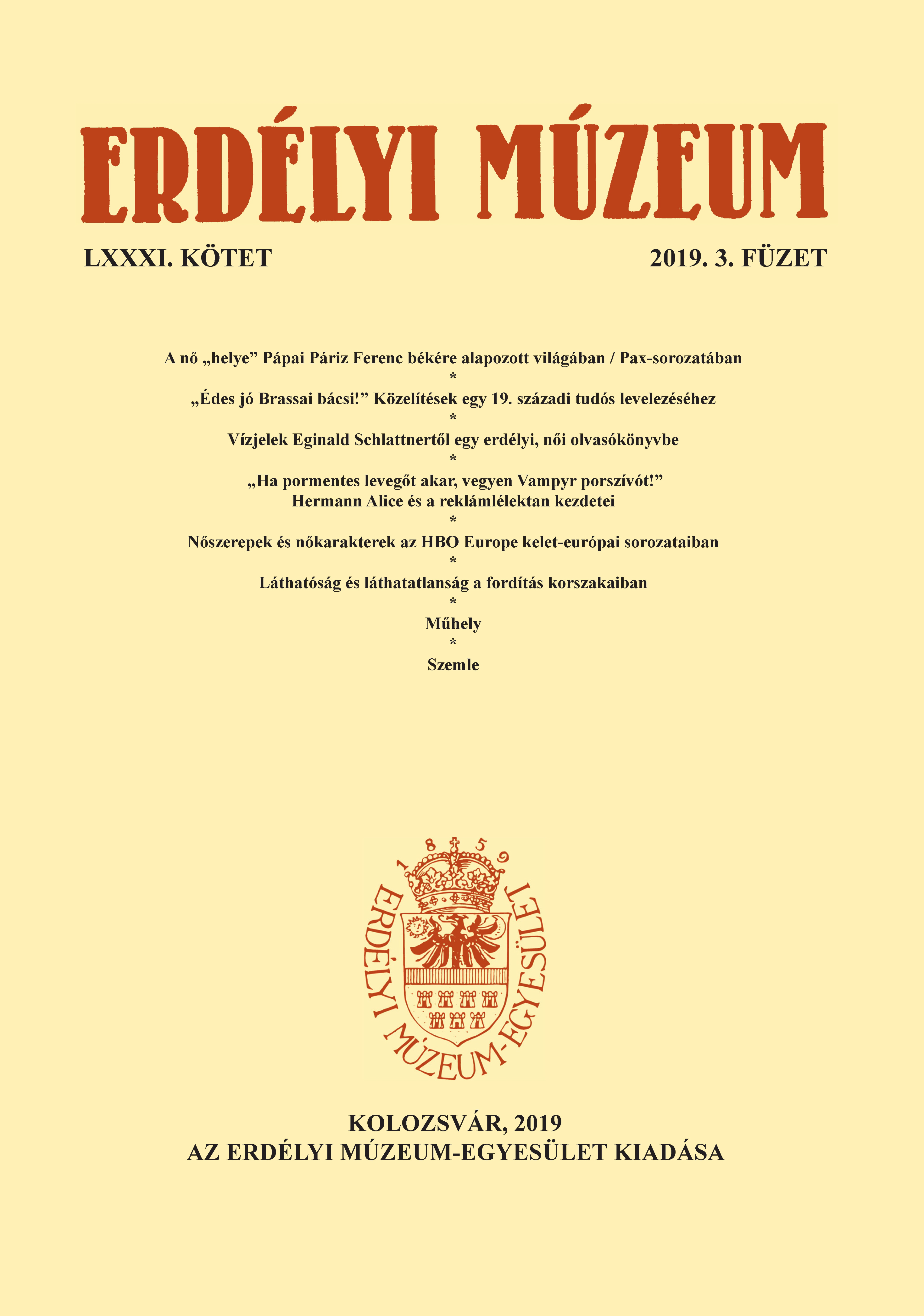Láthatóság és láthatatlanság a fordítás korszakaiban
Visibility and Invisibility through the Ages of Translation
Author(s): Orsolya AndrásSubject(s): Cultural history, Translation Studies
Published by: Erdélyi Múzeum-Egyesület
Keywords: translation; text manipulation; politics of cultural transfer; hermeneutics; feminism;
Summary/Abstract: In this paper I discuss the changes in translators’ visibility and invisibility through the ages of European cultural history. The subject is analysed on one hand regarding the texts, on the other hand by approaching the social aspects and political structures. During the Middle Ages translators had a crucial role in the development of written culture in the vernacular languages, as well as in the consolidation of religious and secular power. During the Renaissance, due to the dominance of the target language, translation served colonialism. In the Modern Age translators gradually became invisible as language was instrumentalized and text reception had the expectation of commodity. From the many postmodern translation theories I mention two in my essay. According to the hermeneutic paradigm, translation is a dynamic model of understanding in general, making alterity visible through its own invisibility. Feminist translation theories emphasize the subversive potential of this activity and suggest several strategies of making the translator visible.
Journal: Erdélyi Múzeum
- Issue Year: LXXXI/2019
- Issue No: 3
- Page Range: 53-64
- Page Count: 12
- Language: Hungarian

